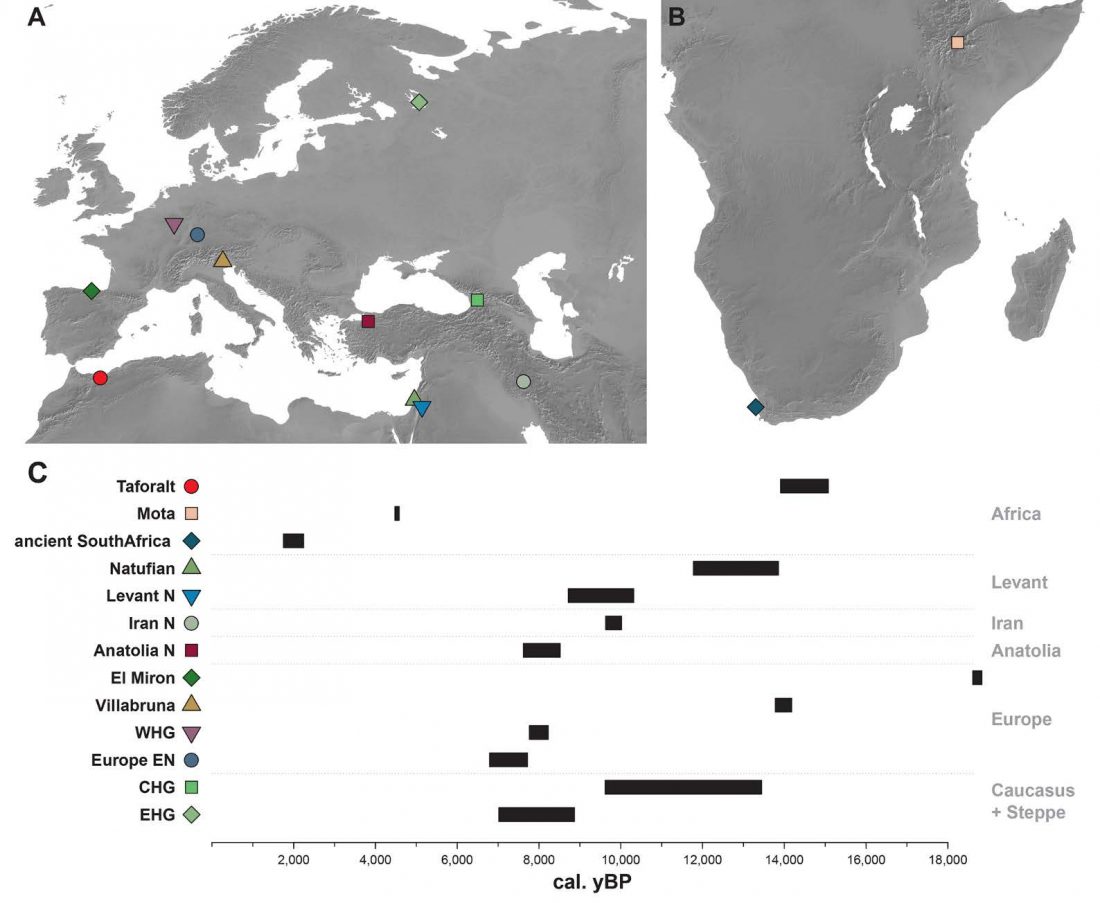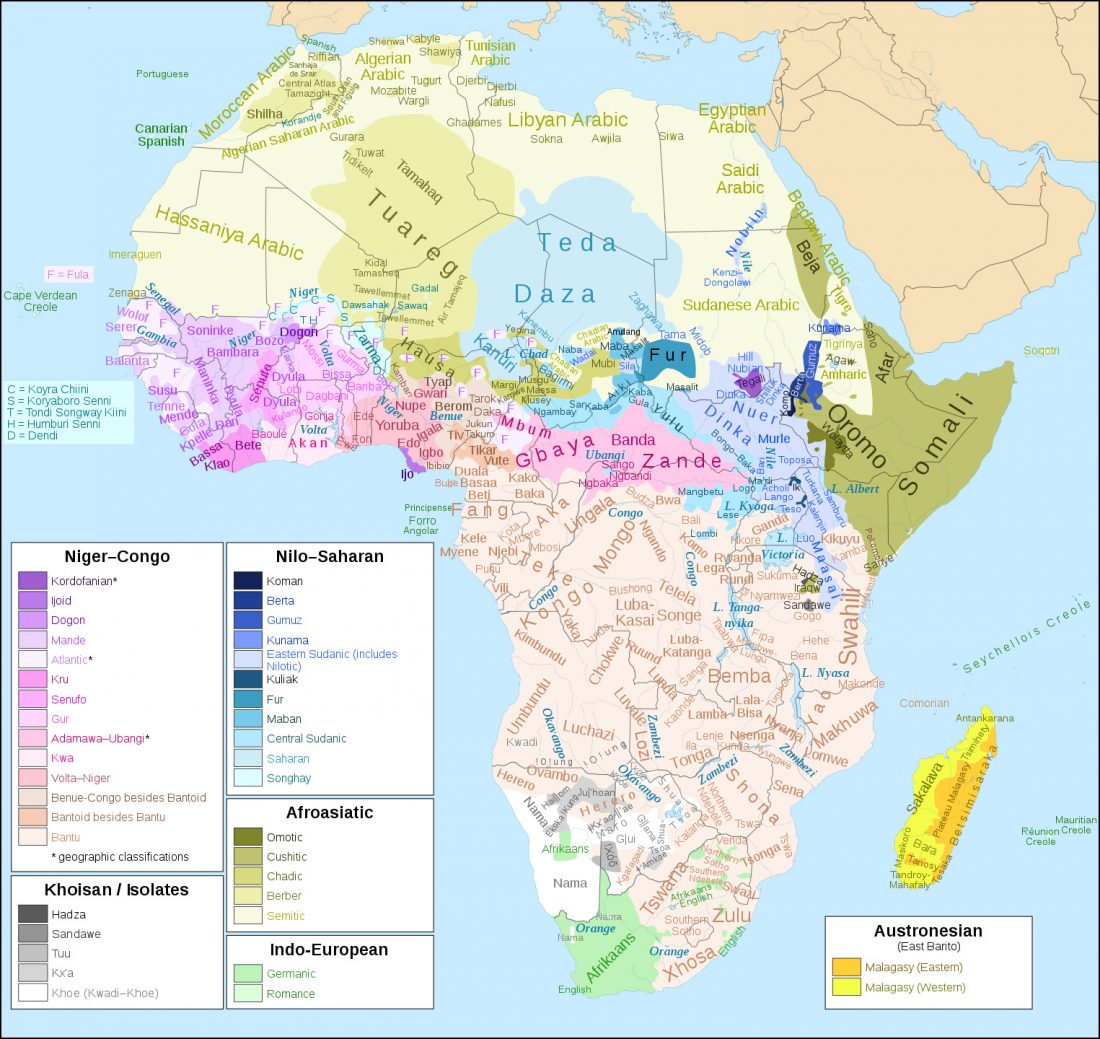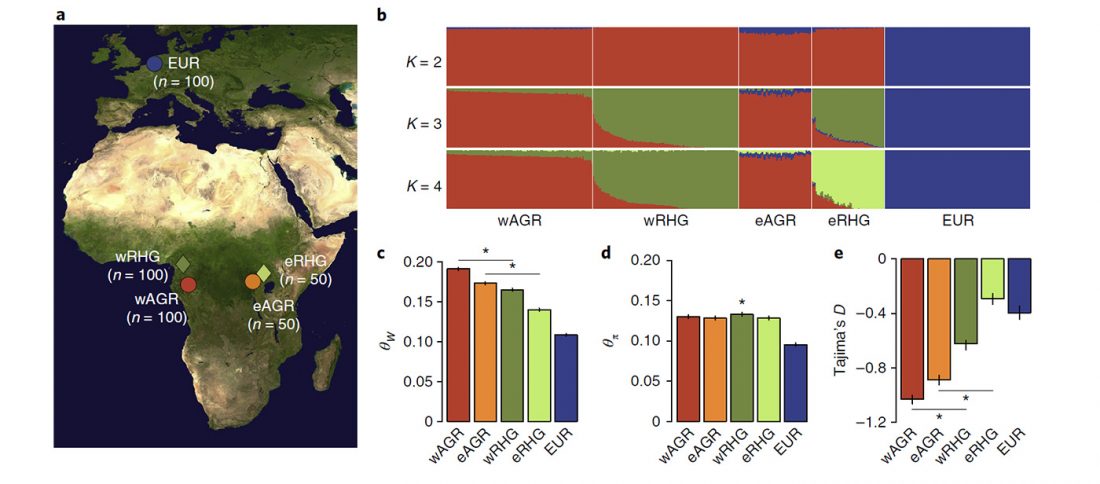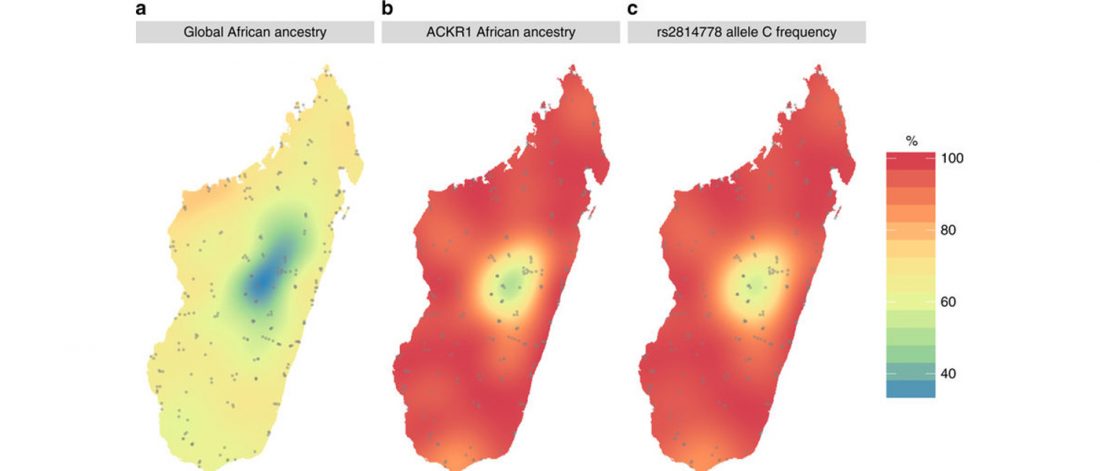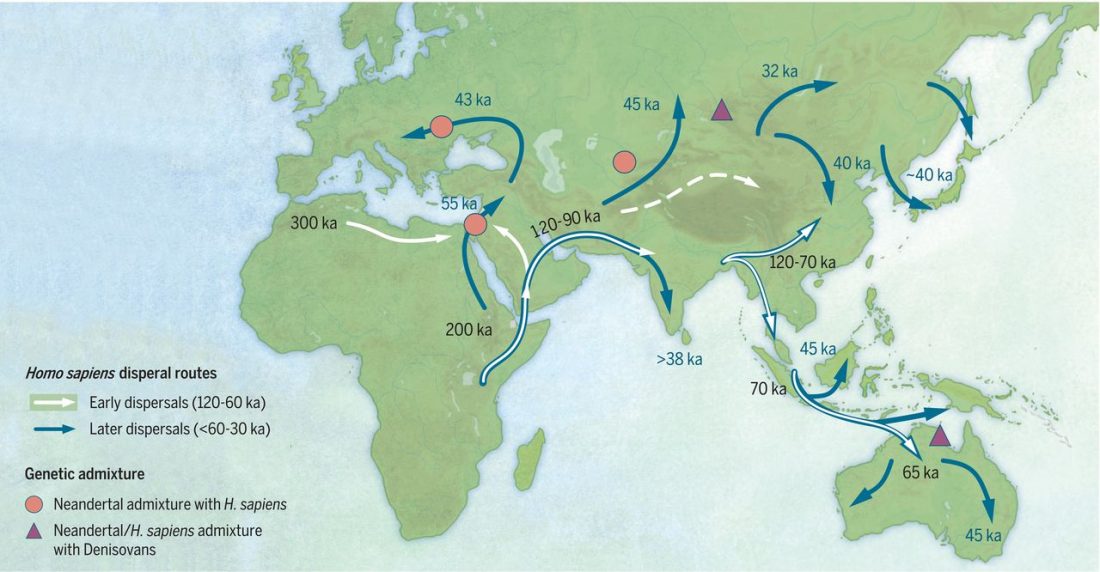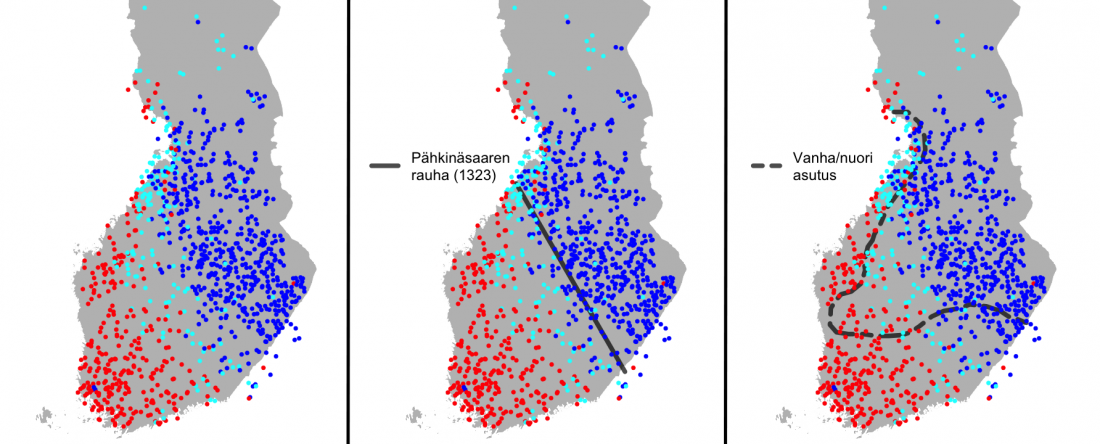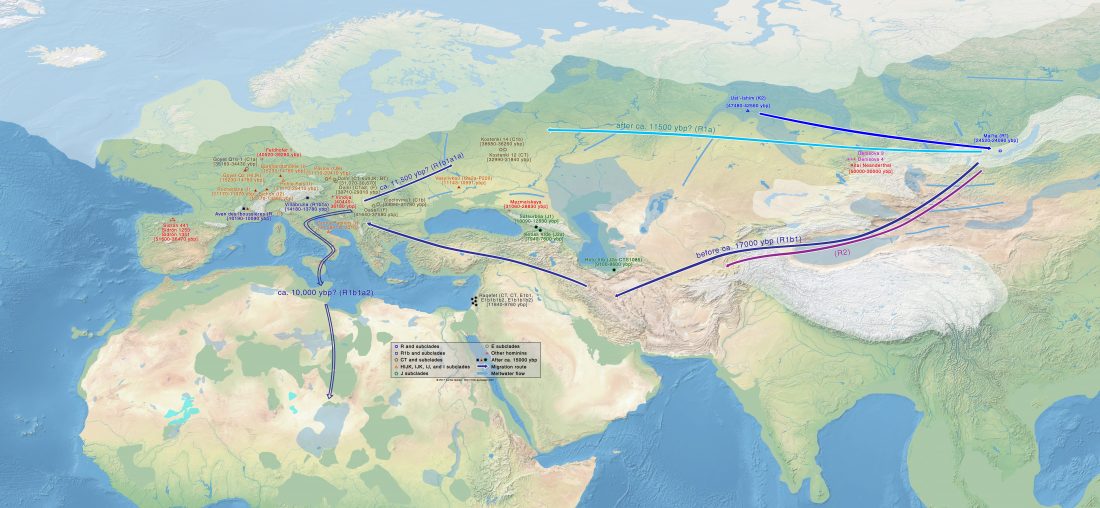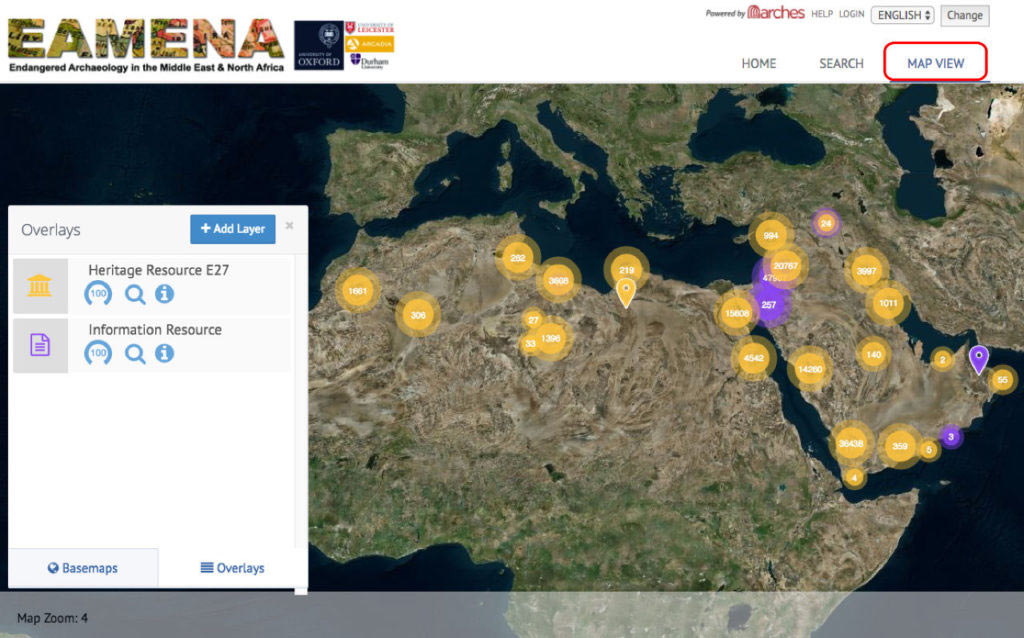Pleistocene North African genomes link Near Eastern and sub-Saharan African human populations, by van de Loosdrecht et al. Science (2018).
Abstract
… Read the rest “Pleistocene North African genomes link Near Eastern and sub-Saharan African human populations”North Africa is a key region for understanding human history, but the genetic history of its people is largely unknown. We present genomic data from seven 15,000-year-old modern humans from Morocco, attributed to the Iberomaurusian culture. We find a genetic affinity with early Holocene Near Easterners, best represented by Levantine Natufians, suggesting a pre-agricultural connection between Africa and the Near East. We do not find evidence for gene flow from Paleolithic Europeans into Late Pleistocene North Africans
